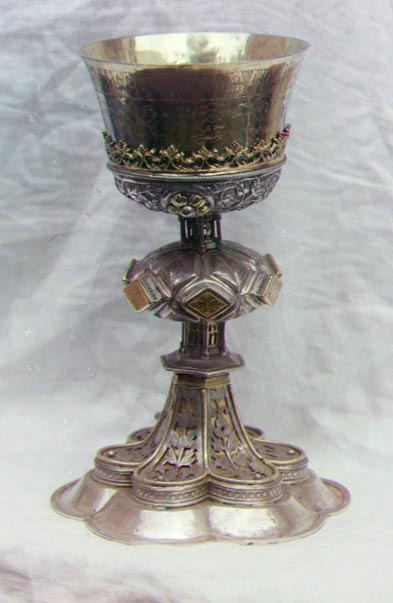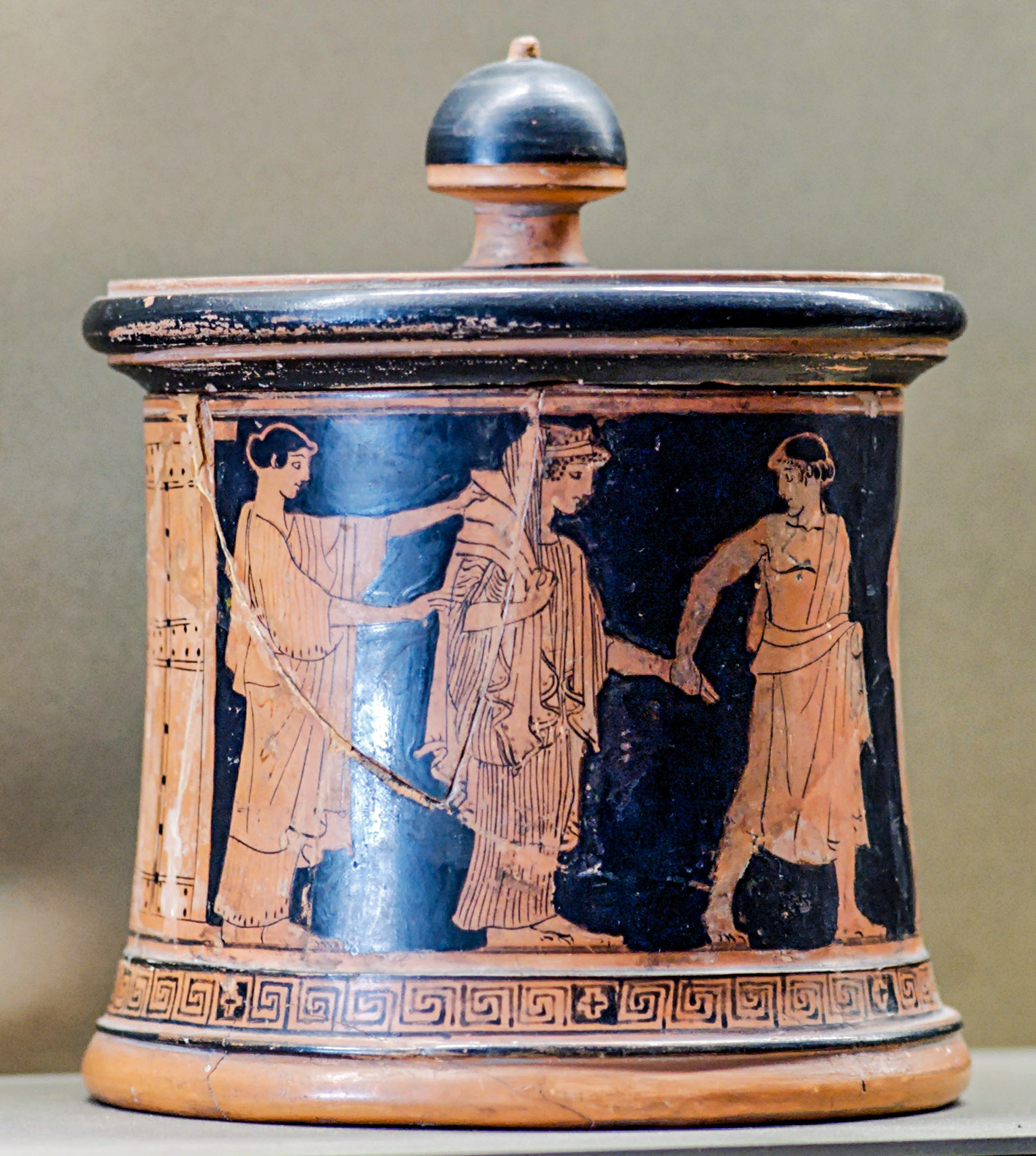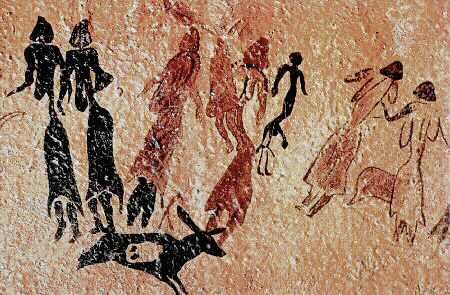|
Menendo González
Menendo González ( Portuguese and Galician: ''Mendo Gonçalves''; died 6 October 1008) was a semi-autonomous Duke of Galicia and Count of Portugal (997–1008), a dominant figure in the Kingdom of León. He was the royal ''alférez'', the king's armour-bearer (''armiger regis'') and commander of the royal armies, under Vermudo II (r. 984–999), and he continued to hold the position until his death. He became the tutor (1003) and ultimately father-in-law of Vermudo's successor, King Alfonso V. He maintained peaceful diplomatic relations with the Caliphate of Córdoba until 1004, after which there was a state of war. Regency of Alfonso V Before 999, King Vermudo II placed his heir, Alfonso V, under the tutorship of his ''alférez'' Menendo. Alfonso was only five at his father's death (September 999) and he spent the early years of his reign in the care of Menendo and his wife. The earliest act of Alfonso as king dates to 13 October 999, and it lists as confirmants first Count Mene ... [...More Info...] [...Related Items...] OR: [Wikipedia] [Google] [Baidu] |
Portuguese Language
Portuguese ( or, in full, ) is a western Romance language of the Indo-European language family, originating in the Iberian Peninsula of Europe. It is an official language of Portugal, Brazil, Cape Verde, Angola, Mozambique, Guinea-Bissau and São Tomé and Príncipe, while having co-official language status in East Timor, Equatorial Guinea, and Macau. A Portuguese-speaking person or nation is referred to as "Lusophone" (). As the result of expansion during colonial times, a cultural presence of Portuguese speakers is also found around the world. Portuguese is part of the Ibero-Romance group that evolved from several dialects of Vulgar Latin in the medieval Kingdom of Galicia and the County of Portugal, and has kept some Celtic phonology in its lexicon. With approximately 250 million native speakers and 24 million L2 (second language) speakers, Portuguese has approximately 274 million total speakers. It is usually listed as the sixth-most spoken language, the third-mos ... [...More Info...] [...Related Items...] OR: [Wikipedia] [Google] [Baidu] |
Ibn Khaldun
Ibn Khaldun (; ar, أبو زيد عبد الرحمن بن محمد بن خلدون الحضرمي, ; 27 May 1332 – 17 March 1406, 732-808 AH) was an Arab The Historical Muhammad', Irving M. Zeitlin, (Polity Press, 2007), p. 21; "It is, of course, Ibn Khaldun as an Arab here speaking, for he claims Arab descent through the male line.". The Arab World: Society, Culture, and State', Halim Barakat (University of California Press, 1993), p. 48;"The renowned Arab sociologist-historian Ibn Khaldun first interpreted Arab history in terms of badu versus hadar conflicts and struggles for power." Ibn Khaldun', M. Talbi, ''The Encyclopaedia of Islam'', Vol. III, ed. B. Lewis, V.L. Menage, C. Pellat, J. Schacht, (Brill, 1986), 825; "Ibn Khaldun was born in Tunis, on I Ramadan 732/27 May 1332, in an Arab family which came originally from the Hadramawt and had been settled at Seville since the beginning of the Muslim conquest...." Ibn Khaldun's Philosophy of History: A Study in the Philo ... [...More Info...] [...Related Items...] OR: [Wikipedia] [Google] [Baidu] |
Visigothic Art
The Visigoths entered Hispania (modern Spain and Portugal) in 415 and they rose to be the dominant people there until the Umayyad conquest of Hispania of 711 brought their kingdom to an end. This period in Iberian art is dominated by their style. Visigothic art is generally considered in the English-speaking world to be a strain of Migration art, while the Portuguese- and Spanish-speaking worlds generally classify it as Pre-Romanesque. Branches of Visigothic art include their architecture, crafts (especially jewellery), and their script. Visigothic architecture The only remaining examples of Visigothic architecture from the 6th century are the church of San Cugat del Vallés in Barcelona, the hermitage and church of Santa Maria de Lara in Burgos, Saint Frutuoso Chapel in Braga, the church of São Gião in Nazaré and the few remnants of the church at Cabeza de Griego in Cuenca. However, their style developed over the next centuries, though the prime remaining exampl ... [...More Info...] [...Related Items...] OR: [Wikipedia] [Google] [Baidu] |
Eucharist
The Eucharist (; from Greek , , ), also known as Holy Communion and the Lord's Supper, is a Christian rite that is considered a sacrament in most churches, and as an ordinance in others. According to the New Testament, the rite was instituted by Jesus Christ during the Last Supper; giving his disciples bread and wine during a Passover meal, he commanded them to "do this in memory of me" while referring to the bread as "my body" and the cup of wine as "the blood of my covenant, which is poured out for many". The elements of the Eucharist, sacramental bread ( leavened or unleavened) and wine (or non-alcoholic grape juice), are consecrated on an altar or a communion table and consumed thereafter, usually on Sundays. Communicants, those who consume the elements, may speak of "receiving the Eucharist" as well as "celebrating the Eucharist". Christians generally recognize a special presence of Christ in this rite, though they differ about exactly how, where, and when Chri ... [...More Info...] [...Related Items...] OR: [Wikipedia] [Google] [Baidu] |
Paten
A paten or diskos is a small plate, used during the Mass. It is generally used during the liturgy itself, while the reserved sacrament are stored in the tabernacle in a ciborium. Western usage In many Western liturgical denominations, the paten is typically either a simple saucer-like plate or a low bowl. A smaller style paten will often have a depression that allows it to securely sit on top of the chalice, as shown in the illustration on the left here. Roman rite The General Instruction of the Roman Missal lays down rules for patens: "Sacred vessels should be made from precious metal. If they are made from metal that rusts or from a metal less precious than gold, they should generally be gilded on the inside." However, provisions for vessels made from non-precious metals are made as well, provided they are "made from other solid materials which in the common estimation in each region are considered precious or noble." Some call the communion-plate a "paten", but the ... [...More Info...] [...Related Items...] OR: [Wikipedia] [Google] [Baidu] |
Chalice
A chalice (from Latin 'mug', borrowed from Ancient Greek () 'cup') or goblet is a footed cup intended to hold a drink. In religious practice, a chalice is often used for drinking during a ceremony or may carry a certain symbolic meaning. Religious use Christian The ancient Roman ''calix'' was a drinking vessel consisting of a bowl fixed atop a stand, and was in common use at banquets. In Roman Catholicism, Eastern Orthodox Church, Oriental Orthodoxy, Anglicanism, Lutheranism and some other Christian denominations, a chalice is a standing cup used to hold sacramental wine during the Eucharist (also called the Lord's Supper or Holy Communion). Chalices are often made of precious metal, and they are sometimes richly enamelled and jewelled. The gold goblet was symbolic for family and tradition. Chalices have been used since the early church. Because of Jesus' command to his disciples to "Do this in remembrance of me." (), and Paul's account of the Eucharistic rite in , ... [...More Info...] [...Related Items...] OR: [Wikipedia] [Google] [Baidu] |
Cathedral Of Braga
The Cathedral of Braga ( pt, Sé de Braga) is a Roman Catholic church in the northern city of Braga, Portugal. Due to its long history and artistic significance, it is also one of the most important buildings in the country. It is the seat of the Archdiocese of Braga and of the Primate Archbishop of Portugal and Spain. The cathedral has been classified as National Monument since 1910. History The Diocese of Braga dates from the 3rd century AD, being one of the oldest in the peninsula and the centre for the Christianisation of Gallaecia (Northwestern Iberia). Saint Peter of Rates or of Braga, is traditionally considered to be the first bishop of Braga between the years 45 and 60. Tradition says he was a Jew that had recently died when Saint James the Great was in the area. The Apostle knowing him to be a man of intelligence and good will had him resurrected from the grave and ordained him to preach the glory of Christ. The same tradition holds that Peter of Rates was martyred wh ... [...More Info...] [...Related Items...] OR: [Wikipedia] [Google] [Baidu] |
Pyxis (vessel)
A ''pyxis'' (, plural ''pyxides'') is a shape of vessel from the classical world, usually a cylindrical box with a separate lid. Originally mostly used by women to hold cosmetics, trinkets or jewellery, surviving ''pyxides'' are mostly Greek pottery, but especially in later periods may be in wood, metal, ivory, or other materials. The name derived from Corinthian boxes made of wood from the tree ''puksos'' (boxwood), that also came with covers. The shape of the vessel can be traced in pottery back to the Protogeometric period in Athens, however the Athenian ''pyxis'' has various shapes itself. At first, the two varieties of ''pyxis'' included the pointed and the flat-bottomed. The pointed ''pyxis'' didn't last much longer than the ninth century BCE, while the flat-bottomed continued into the late Geometric. It also continued to grow larger and more squat in proportions. The cover often depicts elaborately sculpted handles and the walls tend to be somewhat convex. During th ... [...More Info...] [...Related Items...] OR: [Wikipedia] [Google] [Baidu] |
Zamora, Spain
Zamora () is a city and municipality of Spain located in the autonomous community of Castile and León. It is the capital of the province of Zamora. The city straddles the Duero river. With its 24 characteristic Romanesque style churches of the 12th and 13th centuries it has been called a "museum of Romanesque art". Zamora is the city with the most Romanesque churches in all of Europe. The most important celebration in Zamora is the Holy Week. Zamora is part of the natural ''comarca'' of Tierra del Pan and it is the head of the judicial district of Zamora. History The city was founded early in the Bronze Age and was later occupied during the Iron Age by the Celtic people of the Vacceos who called it Ocalam. After the Roman victory over the Lusitanian hero Viriathus the settlement was named by the Romans ''Occelum Durii'' or '' Ocellodurum'' (literally, "Eye of the Duero"). During Roman rule it was in the hands of the Vaccaei, and was incorporated into the Roman province ... [...More Info...] [...Related Items...] OR: [Wikipedia] [Google] [Baidu] |
Catalonia
Catalonia (; ca, Catalunya ; Aranese Occitan: ''Catalonha'' ; es, Cataluña ) is an autonomous community of Spain, designated as a '' nationality'' by its Statute of Autonomy. Most of the territory (except the Val d'Aran) lies on the northeast of the Iberian Peninsula, to the south of the Pyrenees mountain range. Catalonia is administratively divided into four provinces: Barcelona, Girona, Lleida, and Tarragona. The capital and largest city, Barcelona is the second-most populated municipality in Spain and the fifth-most populous urban area in the European Union. > > > ''Catalonia'' theoretically derived. During the Middle Ages, Byzantine chroniclers claimed that ''Catalania'' derives from the local medley of Goths with Alans, initially constituting a ''Goth-Alania''. Other theories suggest: *''Catalunya'' derives from the term "land of castles", having evolved from the term ''castlà'' or ''castlan'', the medieval term for a castellan (a ruler of a castl ... [...More Info...] [...Related Items...] OR: [Wikipedia] [Google] [Baidu] |
Coimbra
Coimbra (, also , , or ) is a city and a municipality in Portugal. The population of the municipality at the 2011 census was 143,397, in an area of . The fourth-largest urban area in Portugal after Lisbon, Porto, and Braga, it is the largest city of the district of Coimbra and the Centro Region. About 460,000 people live in the Região de Coimbra, comprising 19 municipalities and extending into an area of . Among the many archaeological structures dating back to the Roman era, when Coimbra was the settlement of Aeminium, are its well-preserved aqueduct and cryptoporticus. Similarly, buildings from the period when Coimbra was the capital of Portugal (from 1131 to 1255) still remain. During the late Middle Ages, with its decline as the political centre of the Kingdom of Portugal, Coimbra began to evolve into a major cultural centre. This was in large part helped by the establishment of the first Portuguese university in 1290 in Lisbon and its relocation to Coimbra in 1308, making ... [...More Info...] [...Related Items...] OR: [Wikipedia] [Google] [Baidu] |
León, Spain
León (; ) is a city and Municipalities of Spain, municipality of Spain, capital of the province of León, part of the autonomous community of Castile and León, in the northwest of the Iberian Peninsula. It has a population of 124,303 (2019), by far the largest municipality in the province. The population of the metropolitan area, including the neighbouring San Andrés del Rabanedo and other smaller municipalities, accounts for around 200,000 inhabitants. Founded as the military encampment of the ''Legio VI Victrix'' around 29 BC, its standing as an encampment city was consolidated with the definitive settlement of the ''Legio VII Gemina'' from 74 AD. Following its partial depopulation due to the Umayyad invasion of Hispania, Umayyad conquest of the peninsula, 910 saw the beginning of one its most prominent historical periods, when it became the capital of the Kingdom of León, which took active part in the Reconquista against the Moors, and came to be one of the fundamental ki ... [...More Info...] [...Related Items...] OR: [Wikipedia] [Google] [Baidu] |








.jpg)


